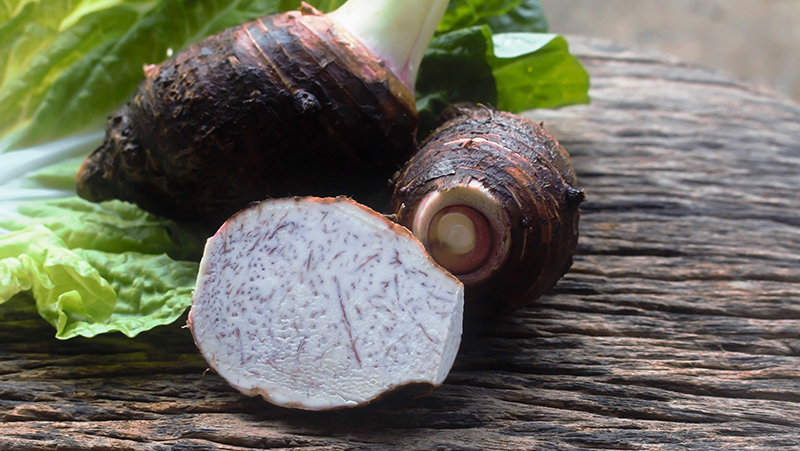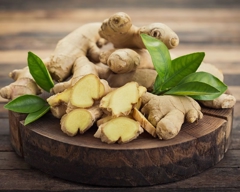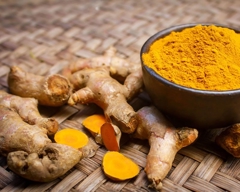Yates Account
Join now
Create a Yates account today!
Sign up to join the Yates Garden Club for monthly e-mails packed with seasonal inspiration, tips for success & exclusive promotions.
Plus if you’re a Garden Club member you can take part in the Yates Growing Community - a blog to share successes, get advice & win prizes in fun challenges along the way!

Forgot password
Enter the email address associated with your account, and we'll email you a new password.

How to grow taro in a garden
Taro is propagated vegetatively, rather than from seed. The usual type of cutting used to propagate a new plant is called a 'headsett'. The headsett gets sliced off the top of the corm after harvest; if replanted it will grow a new taro corm. Headsetts include the very top 1-2cm of the taro corm at their base, plus a generous 20cm length of the green stem above it.
'Suckers' that grow from the side of the taro corm can also be separated and planted out, to form new plants.
- Choose part shade spot in your garden with well-drained soil. Enrich with Yates Thrive Natural Blood & Bone with Seaweed.
- Plant the headsetts or suckers out at 80cm intervals, 5cm deep. Cover lightly with Yates Black Magic Seed Raising Mix and water well.
- Water regularly and keep the soil moist. Feed weekly with Yates Thrive Natural Fish Seaweed+ Plant Food Concentrate.
- Harvest by digging the roots out in autumn.

How to grow taro in a pot
- Choose a pot at least 500 mm wide and deep and position in a bright or part shade spot. Fill with quality potting mix, such as Yates Premium Potting Mix.
- Plant the headsetts or suckers out using one per pot, 5cm deep. Cover lightly with Yates Black Magic Seed Raising Mix and water well.
- Water regularly and keep soil moist. Feed weekly with Yates Thrive Natural Fish Seaweed+ Plant Food Concentrate.
- Harvest by digging the roots out in autumn.
Growing tips
- CAUTION: Make certain to cook taro well before eating, as it contains toxic levels of calcium oxalate when raw. Thorough cooking neutralises the toxic compound and prevents stomach aches or mouth irritation.
- Handle taro with kitchen gloves as the sap can irritate skin.
- A boggy garden is a great spot to grow taro.
- Taro doesn't store well, so it's best to leave the corms in the soil until they're needed.



















Share
Share this article on social media